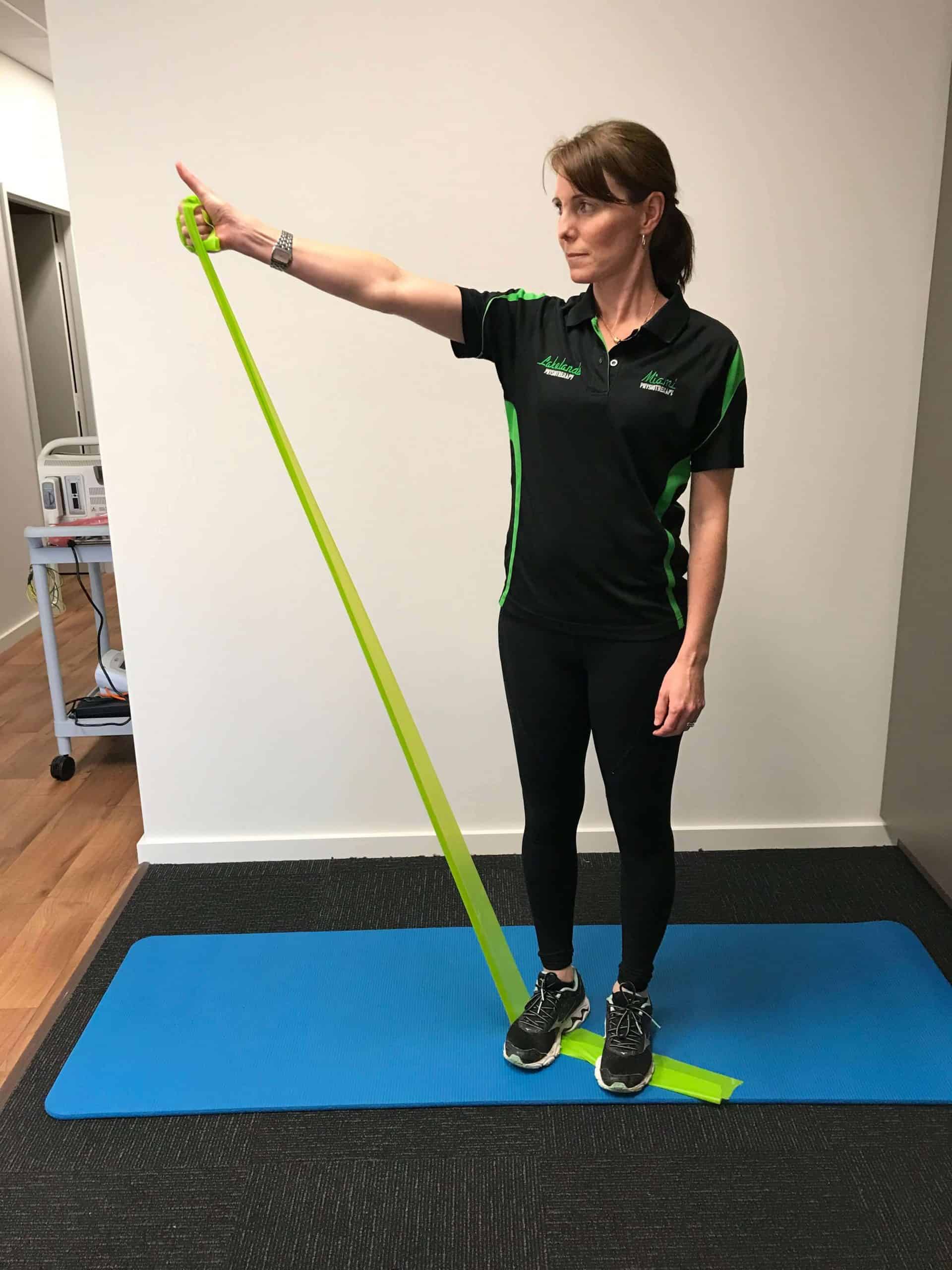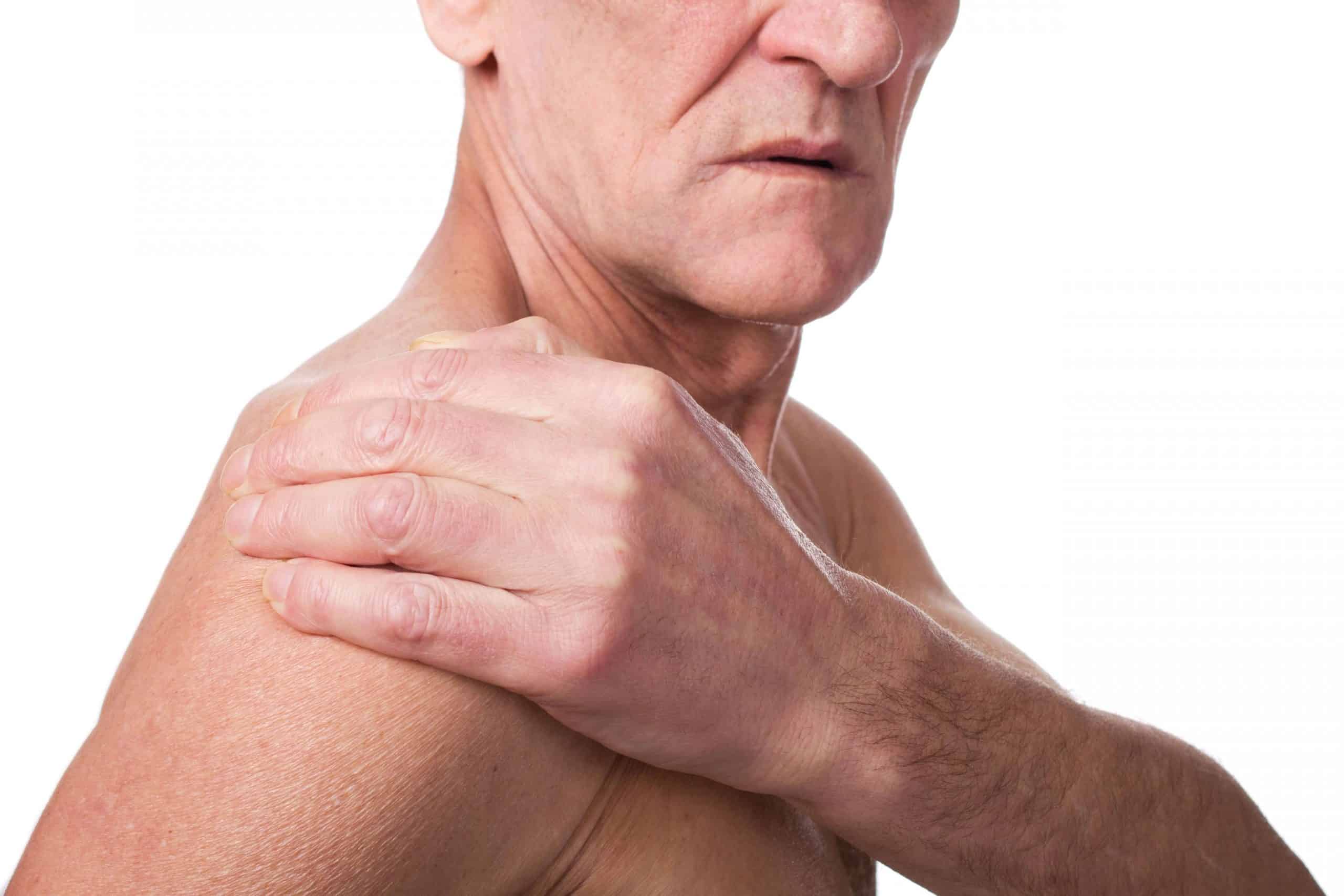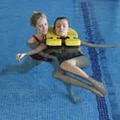Shoulder Injuries & Impingement
Rotator Cuff Impingement and Tendinopathies:
The most common injuries of the rotator cuff are:
- Tears to the rotator cuff tendons
- Acute tendinitis (traumatic injury and inflammation of the RC tendons)
- Tendinopathies of the RC tendons
- Subacromial Impingement Syndrome (poor movement and control of the shoulder complex resulting in compression of the soft tissues in the subacromial arch – where the tendons pass and the bursa sits)
The rotator cuff muscles are made up of the Supraspinatus, the Infraspinatus, the Subscapularis and the Teres Minor muscles. These muscles originate from the scapular (shoulder blade) and join into the head of the humerus, providing the movements and stability of the shoulder. There is also a fluid-filled sac called the sub-acromial bursa, which sits under the rotator cuff tendons and prevents friction on the bone.


The Shoulder Rehab Process
Research has shown that the majority of rotator cuff injuries can be rehabilitated with physiotherapy. This suggests that physio is the first line of defence and should be completed for a minimum of 12 weeks before considering further medical interventions such as scans, injections or surgery.
Rotator cuff re-tearing rates are 14.4% for those under 60 and as high as 24.3% for those over the age of 60. This makes an informed recovery extremely important.
It is important to understand that tendons do not heal with rest. They get weaker and ultimately the problem becomes worse. They also don’t heal if overloaded, leading to aggravation and then deterioration.
The solution is the promotion of healing by controlled loading (as opposed to complete offloading and rest) and slow, graded, specific tendon loading protocols.
Our physios are experts at correctly assessing the current tolerable tendon load and designing an appropriate program to get your tendon healing. As part of your program, your physio will address the muscle balance around your shoulder to correct any poor movement/control.
AC Joint Sprains
Acromial Clavicular Ligament sprains are a common injury. They are often caused by falling on an outstretched hand, a shoulder, or taking a blow. This is common in sport, but can occur in the general population as well. AC joint sprains account for 10% of all shoulder injuries.
The AC ligament provides the static stability of the AC joint – the joint between the acromion (end of the scapular) and the clavicle. The upper traps and deltoid muscles provide dynamic muscular stability of the AC joint. These become even more important in rehabilitating an AC ligament sprain.
As with other ligament sprains, these are graded on the severity of the injury. From a microscopic tear (grade 1), through partial tears (grade 2 and 3) to a complete rupture (grade 4). Complete rupture of the AC ligament will result in the subluxation or dislocation of the clavicle. Grade 3 and grade 4 injuries will often present with a step deformity.
Treatment involves the management of the acute phase. Next, a progressive range of motion, shoulder control and stabilisation exercises


Post-Surgery Shoulder Rehab
The most common surgery on the shoulder is Arthroscopic Subacromial Decompression (ASD). This surgery increases the space in the subacromial arch by arthroscopically removing spurs and soft tissue to alleviate subacromial impingement pain.
Recent research comparing this surgery with sham surgery or no surgery revealed no clinically significant difference between the groups. This means that surgery may not be the best option for people with subacromial pain syndrome. However, this is still an option for people who have failed conservative rehabilitation.
Most surgeons will put your arm in a sling post-surgery and allow early (day 1) rehabilitation protocols. This means that your hospital physiotherapist will teach you how to do active-assisted (assisting yourself with your other arm) shoulder exercises and begin control and strengthening exercises. Once discharged from the hospital, we will progress your exercises using the protocol set by your surgeon to achieve the best result.
Another common shoulder surgery is Rotator Cuff Repair, (often performed with an Arthroscopic Subacromial Decompression). This is most common where there are full thickness or complete tears of the rotator cuff tendons. After surgery you will be in an abduction sling for 6 weeks. Abduction slings are slings with a wedge pillow under your arm to keep your arm away from your side. During this time it’s important to keep your elbow, wrist, hand and shoulder blade moving.
Once cleared by your surgeon, we will start rehabilitation following the protocol provided. Usually this involves progression through passive range of motion (no muscle activation), active-assisted range of motion, isometric strengthening, isotonic strengthening, dynamic scapular control exercises, resisted strengthening exercises and sport or work specific strengthening.
At Miami Physiotherapy we will work with you and your surgeon to achieve the best post-operative outcome for you.

Our Services
Our expert physiotherapists are trained to assess your shoulder problem and determine the cause. We will then provide you with an evidence based treatment and rehabilitation plan to get you moving and functioning your best. The services and types of treatment that may help are:

Physiotherapy

Shockwave Therapy

Taping

Exercise prescription

Exercise programs – hydro, gym, pilates, classes

Remedial Massage

Dry Needling

Musculoskeletal screening

